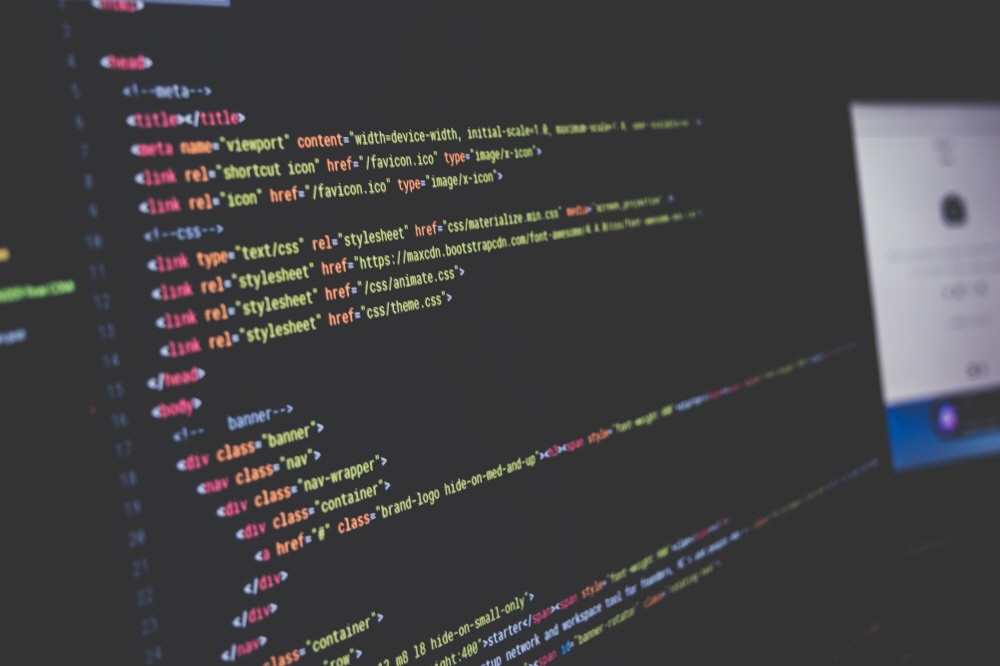
It is easy to assume that it is natural to freely view websites on the Internet. However, as there is data that two-thirds of Internet users are being censored by the government, fewer countries can enjoy the Internet freely than expected. So, what about the Internet censorship in India?
In India, like China, the government does not establish a centralized censorship system, but rather the government or court ordered to block specific websites for each company to conduct censorship. Since this order is stipulated by law, companies must obey the order. According to the results of research on the censorship method of 6 places (ACT, Airtel, BSNL, Jio, MTNL, Vodafone) that account for 98% of the supplier service share in India, censorship by company, such as censorship by DNS or censorship based on HTTP headers. The way is different.
In addition, companies that have adopted multiple censorship methods have different websites that block according to the censorship method. In addition, the fact that each provider has different blocked websites can be thought of as one of the reasons that the provider does not comply with the government blocking order, or that the provider is adding blocking in addition to the government order.
Among them, SNI (Server Name Indication) censorship is said to be an important censorship method covering three-quarters of Internet communications in India. A virtual host running multiple domains from one IP address determines the access location based on the HTTP header domain, but the server cannot determine whether to access because the header is encrypted in HTTPS. Developed to solve this problem, SNI informs the server of the domain name in plain text to enable name-based virtual host over HTTPS. In other words, because it can be verified from the domain name provider notified to SNI, censorship is conducted based on this.
Normally, if the packet is less than the number of routers to the destination host passing through the router, the packet does not reach the destination and ICMP type 11 is notified. However, if some censorship is taking place in the communication path, an appropriate TTL is obtained even if the TTL is less than the number of routers to the destination host. You should receive the same response as in the case of setting. An expert in this investigation pointed out that development of a system to monitor censorship is urgent, as there is no uniformity in Internet censorship in India from the perspective of both the government and suppliers. This is because Internet censorship limits the right to freedom of expression guaranteed to all Indians. Related information can be found here.

